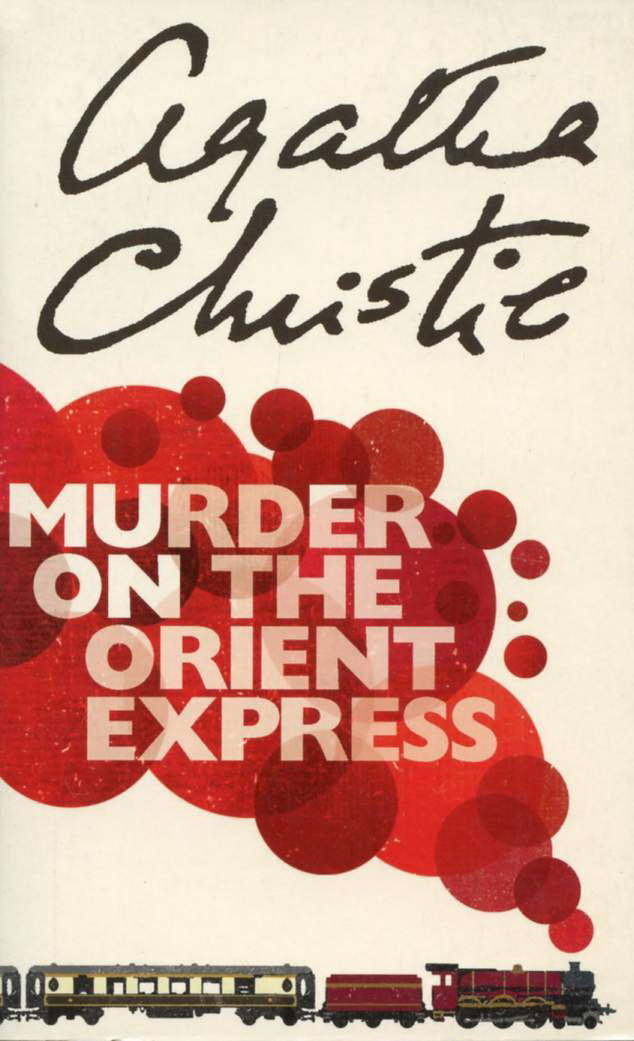Murder on the Orient Express
Title: Murder on the Orient Express

Author: Agatha Christie
Published in: 1934
Date read: Not yet read
Score: /5
Genre:
Plot: (Warning, may contain spoilers):
"Murder on the Orient Express," published in 1934, is one of Agatha Christie's most famous and ingenious novels, featuring her legendary detective, Hercule Poirot. It is a masterclass in plotting and misdirection, renowned for its shocking and highly original twist ending.
The story begins with Poirot, having just completed a case in Syria, booking a last-minute ticket on the luxurious Orient Express to London. He notices a diverse and peculiar group of passengers, all from different backgrounds and nationalities, traveling in the same first-class carriage. The journey proceeds smoothly until the train is brought to a sudden, complete halt by a massive snowdrift in the desolate Yugoslavian countryside.
That night, one of the passengers, the wealthy and detestable American tycoon Samuel Edward Ratchett, is found dead in his locked compartment. He has been stabbed twelve times, with the wounds varying in depth and direction, suggesting multiple assailants. Poirot, stranded on the train with the murderer, is called upon to investigate. He realizes that a truly unique puzzle has been laid at his feet: the killer must still be on board, as there is no way for anyone to have escaped in the snow.
The investigation is a meticulous affair. Poirot interviews each of the thirteen other passengers in the carriage, as well as the train's conductor. The suspects are a seemingly random assortment of people, including a Russian princess, a Scottish colonel, an English governess, a Swedish missionary, and a famous American film actress. They all provide seemingly airtight alibis, but Poirot’s "little grey cells" begin to detect subtle inconsistencies and hidden connections.
Poirot learns that Ratchett's real name was Cassetti, a man who had escaped justice for the kidnapping and murder of a young girl named Daisy Armstrong years earlier. The case, a direct parallel to the real-life Lindbergh kidnapping, had a devastating impact on the Armstrong family, with both the mother and a pregnant servant committing suicide.
As Poirot gathers more clues, he presents a series of two possible solutions. The first is a seemingly simple, straightforward explanation. However, the second, far more complicated, is the astonishing truth: every single passenger in the carriage, with one notable exception, was connected to the tragic Armstrong family and had a motive to kill Cassetti. They had all acted in unison, each delivering one of the twelve fatal stab wounds as a form of vigilante justice. Poirot presents this revelation to the police, leaving the final choice of action to them, and famously choosing to let the passengers' collective action remain a secret.
"Murder on the Orient Express" is a brilliant subversion of the traditional detective genre, asking profound questions about justice and morality while delivering one of the most memorable twists in all of fiction.
Comments:
Books that we've read by Agatha Christie (9):
The Mysterious Affair at Styles (Hercule Poirot, #1) (1920), The Secret Adversary (Tommy and Tuppence Mysteries, #1) (1922), The Murder on the Links (Hercule Poirot #2) (1923), The Man in the Brown Suit (Colonel Race, #1) (1924), Poirot Investigates (1924), The Murder of Roger Ackroyd (Hercule Poirot, #4) (1926), The Murder at the Vicarage (Miss Marple #1) (1930), The Thirteen Problems (Miss Marple, #1) (1932), And Then There Were None (1939)
This page was updated on: 20th August 2025

